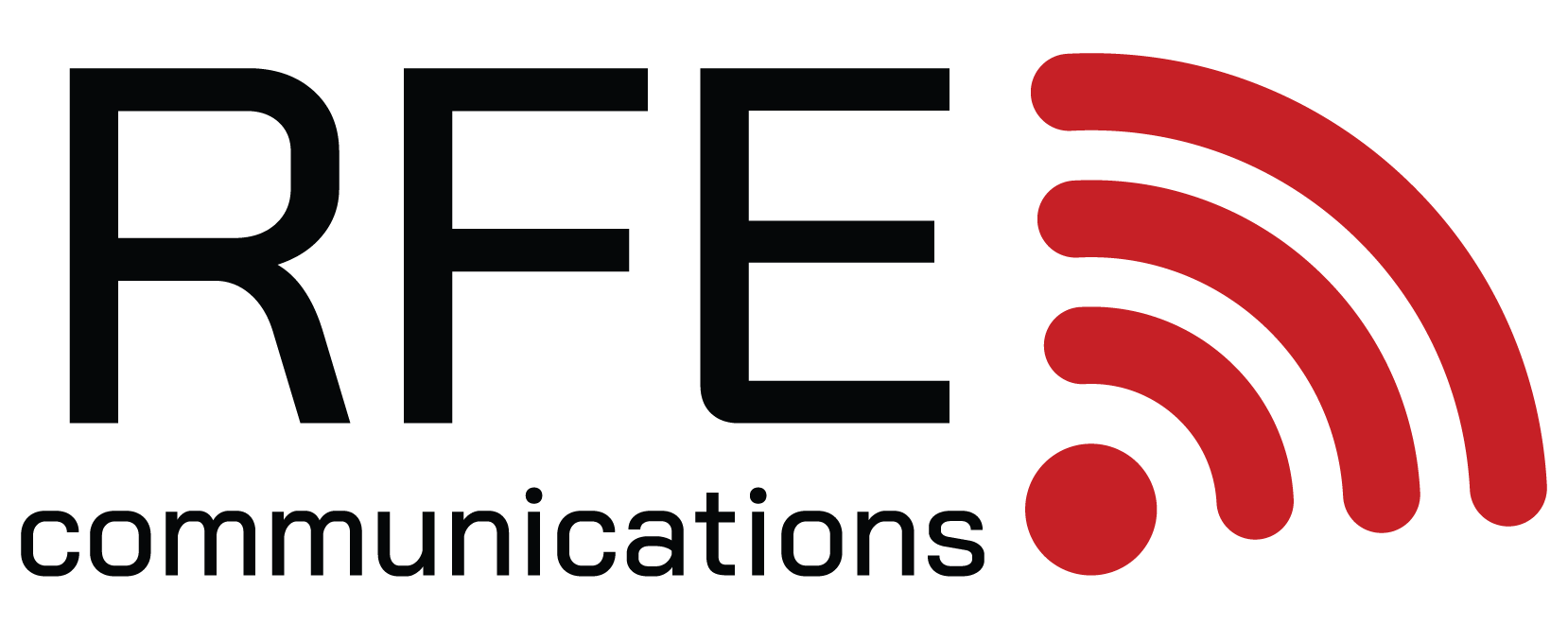5 Ways Technology is Facilitating First Responder Communications
The data first responders receive in the field can allow them to make critical decisions. They can quickly determine when to call for backup or start an evacuation process. But the information has to be reliable and timely.
However, conventional networks are fraught with challenges such as interference and poor network signal. In this article, we’ll look at some of the developments in technology facilitating communication for first responders.
Cellular Networks and Their Limitations
Under normal circumstances, the cellphone can have good coverage that can facilitate communications across large distances. But due to certain factors, the signal strength can be unreliable. For example, during disasters, there is a lot of demand which may overload communications the network.
To sustain communications, first responders today can utilize a set of backup systems. One way is to use radio communications to act as an alternative when the cellular network is unstable. Radio can be a viable solution in the absence of first responder cellular boosters.
Using Land Mobile Radios (LMRs) as a Backup
Depending on the location, cellular networks may be unreliable due to obstacles on their path weakening the signal. Land Mobile Radios are ideal for voice communications. Modern radio systems can be quickly deployed in sites where there is a natural disaster. They provide timely first responder communications in locations where it is required the most.
Deploying a High-Speed Data Infrastructure
High-speed connections can carry quality data, including images and video. Quality information improves first responder communications and security. It enhances situational awareness, which is essential for the safety of both the responder and the patient.
5G and Artificial Intelligence
In the future, analysts project that technologies like 5G will enhance the delivery of rich data. 5G is a high bandwidth, low latency technology that can allow instant transmission of high-resolution videos. It will be possible to receive live video and social media streams via 5G first responder wireless solutions.
The low latency of 5G can make IoT and AI applications more robust and effective. For example, firefighters can fly a drone over a building to analyze and plan their firefighting strategies. Also, mobile devices such as tablets and smartphones allow responders to work in the field while still accessing data.
Optimizing the Network’s Capacity
First responder communications today incorporate a wealth of rich data that was not possible with traditional systems. To make the most of the information, the first responder infrastructure has to enhance how it processes data.
For example, using advanced mapping tools, responders can identify the location in a three-dimensional space. It can give the user the vertical position of the caller in need of emergency assistance. First responder wireless services must coalesce the data to improve the quality of information it can generate.
While first responder communications today are much faster, they are run on systems that require support. There is usually staff present to address issues with the infrastructure or the applications. Security is also a crucial aspect of a robust network that supports first responders.
